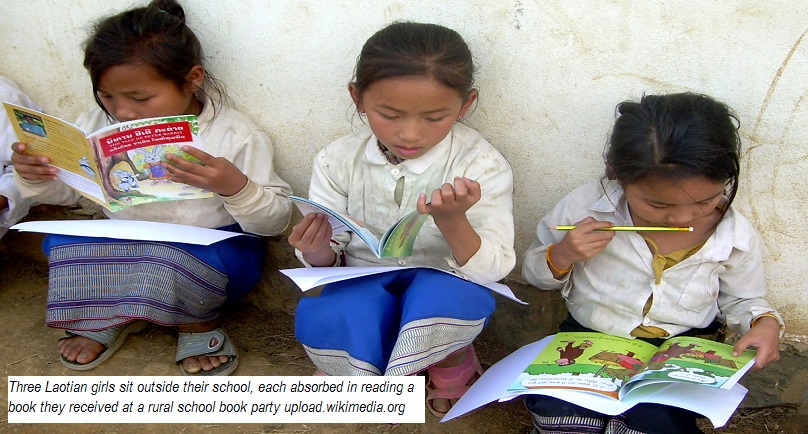By Sasha Pei-Silovo – EM TV, Port Moresby
Global literacy rates may have improved; however, a significant portion of the world’s population remains illiterate and are still unable to read and write.
Of the illiterate adults in the world, two-thirds are women.
Figures estimate that of the 781 million illiterate adults in the world today, 496 million are females. These new statistics were released on Tuesday in the World’s Women 2015 report, published every five years.
Following the adaption of the post-2015 global agenda, the Sustainable Development Goals (SDGs), in September by UN member states, more emphasis is being put to addressing gender barriers with a specific goal (goal five) centred on gender equality, women’s empowerment and women’s rights.
The SDG’s also aim at eliminating literacy and disparities in education which should see more efforts being placed on improving access to education for girls and women, carrying on from the progress achieved through the Millennium Development Goals.
The global framework encourages world leaders to also strive harder to reduce the high illiteracy rate of women who make up over half of the world’s population who cannot read and write.

In Papua New Guinea, illiteracy is one of the country’s biggest development challenges.
According to a survey conducted in five provinces from 2006-2011 by the Asia South Pacific Association for Basic and Adult Education, PNG’s literacy rate was very low.
The five provinces surveyed were: the National Capital District, Chimbu, Gulf, Sandaun and New Ireland.
Findings revealed that literacy rates were as low as five per cent in some cases, with more illiterate females than males. Factors such as the lack of education, non-completion of primary or secondary school due to school fees, poor access to services, and cultural norms or parental expectations to stay at home to tend to household needs or seek employment to earn family income, were sighted as some of the reasons for the high illiteracy rates.
Gender disparity and lack of access to education for girls were also found to be root causes of illiteracy in females.
The 2014 National Literacy Report revealed that 23 districts in PNG have very poor literacy rates – less than 40 per cent; and there is no doubt that the country is in dire need of improving its literacy rate and ensuring that literacy programmes are made available to adults, and quality education is a fundamental priority.
The World’s Women 2015 report covers education, health, population and families, work, violence, power and decision making, environment and poverty.
The report also found that there have been significant improvements in the areas of maternal and infant health, and early marriage.



